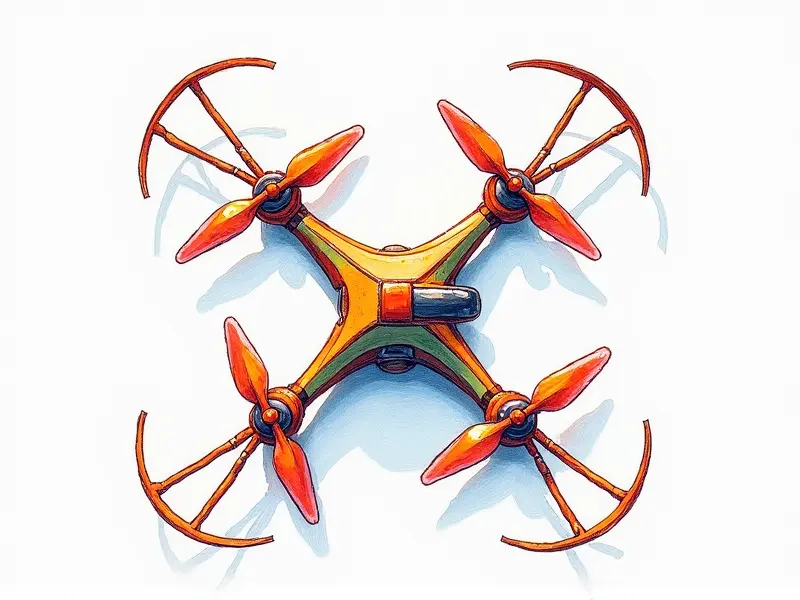How to tune props on drone?

How to Tune Props Like a Pro
Tuning the props on your drone is an essential step in ensuring optimal performance and stability during flight. Properly tuned props can significantly enhance your drone's agility, responsiveness, and overall flying experience. This article will guide you through the process of tuning your drone’s propellers like a pro.
Mastering Prop Tuning for Drones
To master prop tuning on drones, it is crucial to understand the mechanics behind how props interact with the motor and frame. Each component plays a vital role in determining flight characteristics such as lift, thrust, and stability. By fine-tuning these elements, you can achieve a harmonious balance that maximizes your drone's capabilities.
Optimize Your Drone's Performance with Props
The right propeller setup is key to optimizing your drone’s performance. Factors like prop size, pitch, material, and balance all contribute to the overall efficiency of your aircraft. By selecting high-quality props that match your specific needs, you can enhance flight duration, speed, and maneuverability.
Step-by-Step Prop Tuning Tutorial
Follow these steps to tune your drone's propellers effectively:
- Inspect the Props: Check for any signs of wear or damage. Replace props if necessary.
- Weigh the Props: Use a digital scale to ensure all props are perfectly balanced.
- Test Flight: Conduct a short test flight to observe initial performance characteristics.
- Analyze Data: Review telemetry data and adjust settings as needed for optimal balance.
Why Proper Prop Tuning Matters
Proper prop tuning is critical because it directly impacts the drone's stability, responsiveness, and overall flight performance. Misaligned or improperly balanced props can lead to erratic behavior, reduced efficiency, and even potential damage to your equipment.
Tips for Fine-Tuning Drone Props
- Use High-Quality Tools: Invest in precision tools like prop balancers and scales.
- Consider Prop Material: Carbon fiber props offer durability, while plastic props are lighter but less robust.
- Adjust Pitch Gradually: Incremental changes allow for more precise tuning.
Maximize Flight Stability: Tune Your Drone Props
To maximize flight stability, focus on achieving a balanced prop setup. This involves ensuring that all props are evenly weighted and aligned with the motor shafts. A stable drone is not only safer to fly but also more enjoyable due to its predictable behavior.
Easy Method to Tune Props on Any Drone
The process of tuning props can vary slightly depending on your specific model, but here’s a general approach:
- Preparation: Gather necessary tools and ensure you have access to telemetry data.
- Balancing: Use a prop balancer to achieve perfect symmetry in each propeller.
- Tuning: Adjust pitch settings incrementally based on observed flight characteristics.
Quick Guide to Perfect Props
A quick guide to achieving perfectly tuned props includes the following steps:
- Inspect: Look for any signs of wear or damage.
- Weigh: Ensure all props are balanced using a digital scale.
- Tune: Adjust pitch settings gradually and test flight performance.
Fast Fixes for Drone Prop Issues
If you encounter issues with your drone's propellers, try these quick fixes:
- Balancing Issue: Re-balance props using a dedicated tool.
- Pitch Adjustment: Fine-tune pitch settings for better performance.
Achieving Balance with Drone Props
To achieve balance, focus on the following aspects:
- Symmetry: Ensure all props are identical in weight and shape.
- Alignment: Align each prop perfectly with its motor shaft.
- Tuning: Adjust pitch settings to optimize flight characteristics.
Conclusion
Properly tuning your drone's props is a critical step in achieving optimal performance and stability. By following the steps outlined above, you can ensure that your drone operates at its best, providing you with an enhanced flying experience. Remember to always use high-quality tools and materials for the most accurate results.

